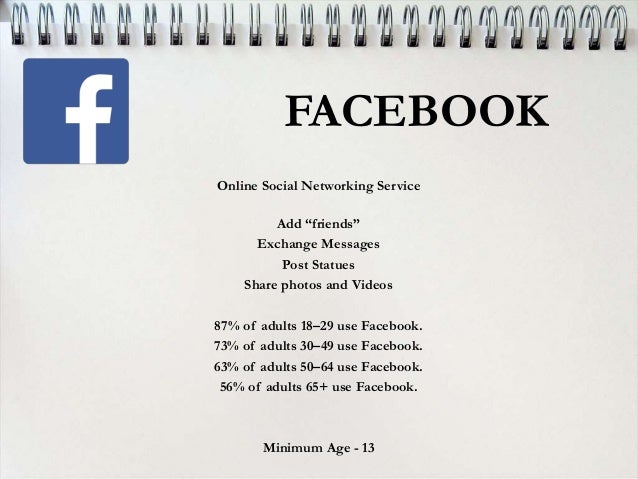


For example, research from our Learning Sciences group suggests preschoolers comprehend books equally well when read to over video chat and in person.


Although parents’ reports of increasing screen time can be concerning, research on video chatting suggests children may still benefit from these interactions.
ONE ON ONE VIDEOCHAT TV
Video chat didn’t just foster familiar relationships: older children were using video chat to catch up with their friends.ĭuring the stay-at-home orders, a majority of parents (71%) agreed that electronic devices and the TV are regularly used to entertain their children to get their own work done. Of the parents Avelar sampled, 85% used video chat to talk with grandparents. Going beyond formal education, video chat allowed children to maintain meaningful relationships in a time of distance. Parents reported that children tended to participate in show-and-tell and group discussions, as well. During these video calls with teachers, children were talking, reading books, and singing, as these activities have been shown to foster language development. Parents reported that their child was video chatting with their entire class (74%), in small groups (45%) and with their teacher one-on-one (24%). She found that an overwhelming majority (82%) used video chat for educational purposes. Since the start of the pandemic, children’s media use had more than doubled, averaging two- to three-hours, slightly over the AAP’s recommendation.Īvelar’s findings also offer insight into how video chat is implemented as a factor of the pandemic. Before the pandemic, children were using electronic devices for an average of 30- to 60-minutes per day. The majority of parents reported that their children were video chatting more frequently, for longer, and with more people than before the pandemic. In this sample, almost all children used video chat (95.9%). Avelar asked parents questions related to their beliefs around video chat and their children’s media use to get a better picture of children’s experience with video chat during stay-at-home orders. In response to stay-at-home-orders issued across the country, Avelar surveyed 122 parents of children between ages three- to eight-years. It is especially important to consider how children can utilize technology to maintain relationships with teachers, family, and friends during the COVID-19 pandemic. Video chat has been considered an exception, because it allows children to create and maintain relationships. More screen time has been associated with lower language, literacy, and school readiness skills. The American Association of Pediatrics (AAP) recommends that children between the ages two to five years should be exposed to screens for no more than two hours per day. Technology has increasingly become a part of children’s daily lives.
ONE ON ONE VIDEOCHAT SERIES
We hope to expand the reach of the Brown Bag series by writing on the topics discussed in this blog, together with other great content from our Learning Sciences faculty, students, and staff.Īvelar discussed how media use and video chat interactions have changed since the outbreak of COVID-19. Daniela Avelar and Brianna Devlin organized the Brown Bag series to further disseminate research in Learning Sciences to the School of Education community. Last month, June 2nd, Daniela Avelar kicked off the first Learning Sciences Brown Bag series with her talk titled “Video Chat in the Times of COVID-19” with the help of Dani Levine, Maya Kaliakin, Sydney Flaumbaum, and Roberta Golinkoff.


 0 kommentar(er)
0 kommentar(er)
